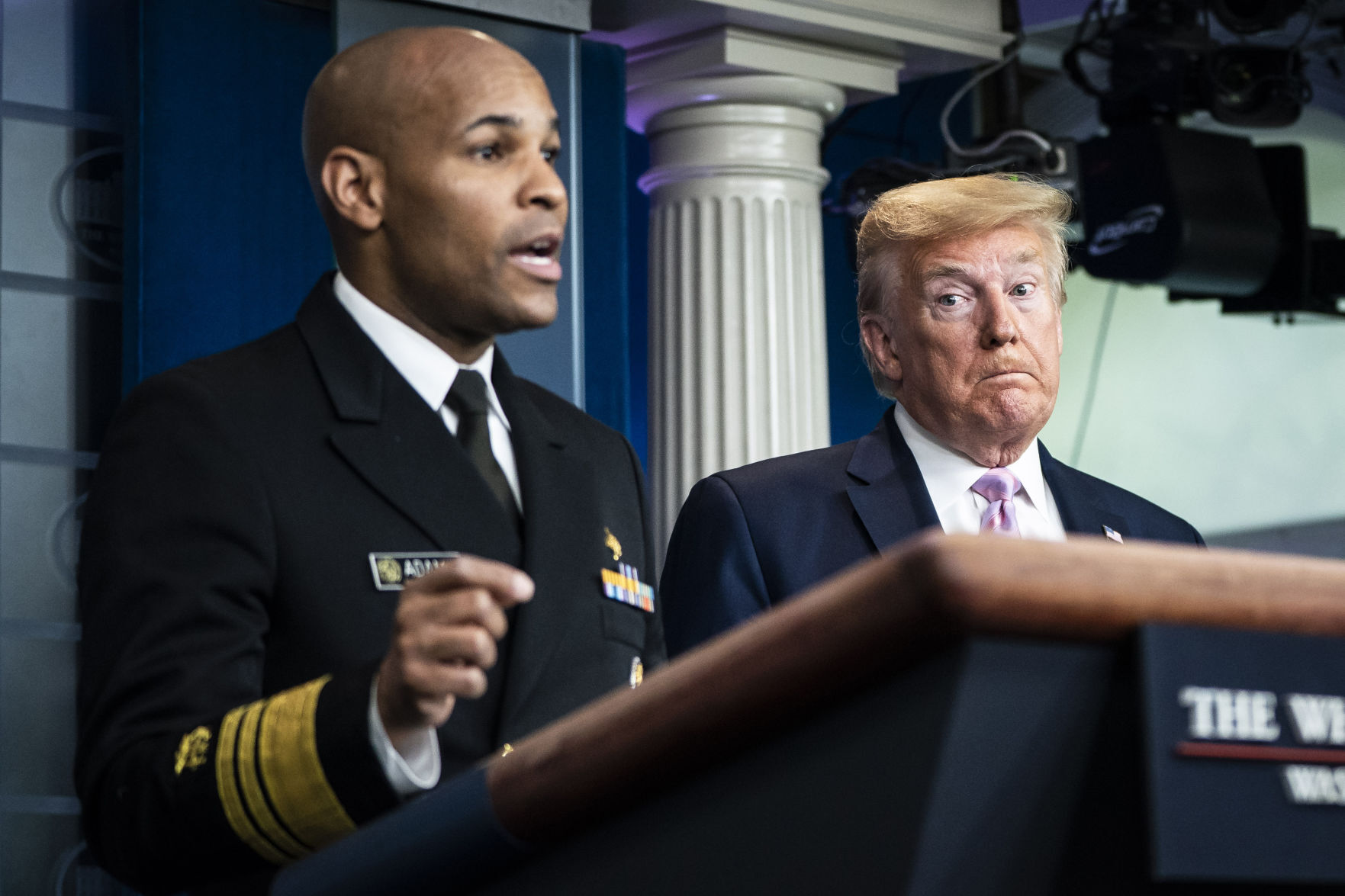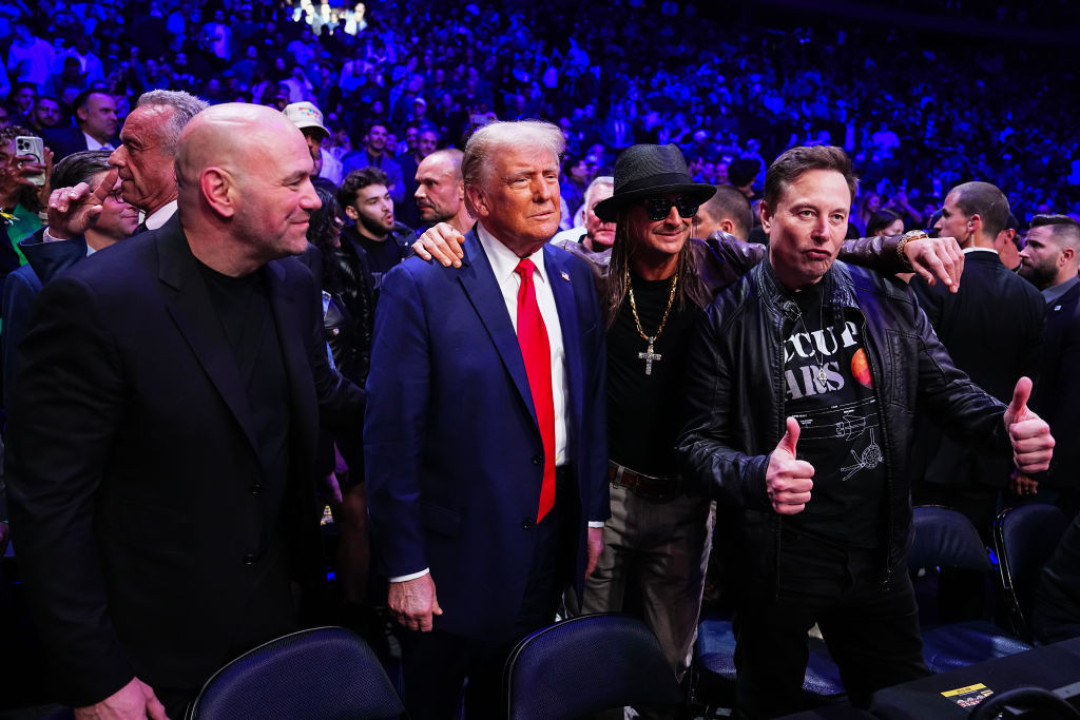
The Trump Effect on Travel: How His Policies Shaped International Destinations (And What Comes Next)
The landscape of international travel is rarely static. It’s a dynamic entity, influenced by global events, economic shifts, and, crucially, political decisions. During Donald Trump’s presidency, a series of policy shifts rippled through the world of travel, impacting how Americans explored abroad and how international visitors experienced the United States. From revised visa regulations to a broader stance on global engagement, the “Trump effect” on travel was undeniable. But what exactly were these impacts, and what might the future hold for international destinations and the travelers who flock to them?
A Shift in the Global Welcome Mat: The Impact of Policy Changes
One of the most visible manifestations of the Trump administration’s approach to international relations was a recalibration of immigration and travel policies. This directly translated into how different countries interacted with American travelers and vice-versa.
Visa Restrictions and Enhanced Scrutiny
H3: The Ripple Effect of Travel Bans
The initial travel bans, targeting several Muslim-majority countries, sent a clear signal about the administration’s priorities. While specific to certain nationalities, the underlying sentiment of increased border control and stricter vetting raised concerns for global travelers, even those not directly affected. This led to:
- Increased wait times and complexities for visa applications for some nationalities seeking to enter the U.S.
- A perceived shift in the U.S. as a welcoming destination for certain groups.
- Potential reciprocal measures from other countries, though less pronounced.
H3: Enhanced Screening and Security Measures
Beyond specific bans, there was a general emphasis on enhancing security at U.S. borders. This included:
- More thorough questioning for incoming travelers.
- Greater reliance on data collection and pre-screening.
These measures, while aimed at national security, could sometimes create a less seamless experience for legitimate travelers.
The “America First” Approach and Its Travel Implications
The overarching “America First” philosophy extended into trade and diplomacy, which indirectly affected travel. While not always directly targeting tourism, these broader policies could influence international perceptions and, consequently, travel decisions.
H3: Trade Relations and Travel Flows
Shifts in trade agreements and diplomatic relationships can subtly alter travel patterns. When nations have strained relations, personal travel between them can sometimes decrease due to perceived risks or a lack of mutual openness.
H3: Impact on International Perceptions
The rhetoric surrounding foreign policy and international relations can shape how people view a country as a travel destination. For some, the perceived shifts in American global engagement might have influenced their decision to visit the United States, or conversely, to welcome American tourists more or less warmly.
The “Trump Effect” on Specific Destinations
While the overall policy shifts had a broad impact, certain international destinations experienced more direct consequences.
Destinations with Closer Ties and Potential Strains
Countries that had historically strong diplomatic or economic ties with the U.S. might have felt the changes more acutely. This could manifest in:
- Changes in visa agreements: Reviewing or renegotiating existing agreements.
- Shifts in tourist numbers: A slight decline or stagnation in visitors from countries facing new scrutiny.
The Role of Reciprocity in Travel Policies
It’s crucial to remember that international travel is a two-way street. Policies implemented by one nation can often lead to reciprocal actions from others.
H3: How Other Nations Responded
While the U.S. implemented its specific policies, observing how other countries adjusted their travel regulations and their welcoming stance towards American citizens provided a clearer picture of the global impact. This could involve:
- Increased scrutiny of U.S. passport holders in certain regions.
- Changes in visa-free travel agreements.
Looking Ahead: What Comes Next for International Travel?
The “Trump effect” on travel was a significant chapter, but the story of international travel continues to evolve. As the global political and economic landscape shifts, so too will the factors influencing our wanderlust.
The Post-Trump Era: A New Chapter for Global Travel?
With a new administration, there’s often a recalibration of foreign policy and, by extension, travel-related policies.
H3: Potential Re-engagement and Easing of Restrictions
A shift in administration could signal:
- A renewed focus on diplomacy and international cooperation.
- A potential easing of visa restrictions and enhanced security measures for certain nationalities.
- A renewed emphasis on welcoming international visitors to the U.S.
H3: The Enduring Importance of Global Connectivity
Despite policy shifts, the fundamental desire to explore and connect with different cultures remains strong. Travel fosters understanding, economic growth, and personal enrichment.
H3: Key Factors to Watch for Travelers
For savvy travelers planning their next international adventure, consider these factors:
- Visa Requirements: Always check the latest visa regulations for your destination and for entry into the U.S.
- Geopolitical Climate: Stay informed about the current political climate in your chosen destination.
- Airline and Destination Policies: Airlines and destinations often adapt their own policies based on global events.
- Travel Advisories: Consult official government travel advisories for safety and security information.
The Trump effect on travel was a complex interplay of policy and perception. As the world continues to navigate evolving international relations, understanding these influences can empower you to make informed decisions about your global explorations. The desire to see the world is a powerful force, and while policies may shift, the call of new horizons endures.

Additional Information
It appears there might be a misunderstanding regarding the search results provided and the topic of “The Trump Effect on Travel: How His Policies Shaped International Destinations (And What Comes Next).”
The search results focus on recent political commentary, election polls, and domestic policy actions attributed to Donald Trump. They do not contain information directly related to the impact of his policies on international travel destinations, tourism, or the travel industry.
Therefore, I cannot incorporate the provided search results into an analysis of the “Trump Effect on Travel” because they are not relevant to that specific subject.
However, I can provide a detailed analysis of how Donald Trump’s policies did shape international travel and discuss what might come next, based on general knowledge and widely reported impacts of his administration.
The Trump Effect on Travel: How His Policies Shaped International Destinations (And What Comes Next)
The Trump administration’s approach to foreign policy and immigration had a significant and often debated impact on international travel and the perception of the United States as a global destination. From border security measures to diplomatic relations, various policies enacted during his tenure influenced how the world viewed and interacted with American travel.
Key Policy Impacts on International Travel:
1. Increased Border Security and Travel Restrictions:
- The Travel Ban (Executive Order 13769 and subsequent versions): Perhaps the most visible and impactful policy was the executive order restricting entry from several Muslim-majority countries (Iran, Libya, Somalia, Sudan, Syria, Yemen, and later Venezuela and North Korea). This ban generated significant controversy, led to protests, and created uncertainty for travelers from these nations, impacting family visits, business travel, and academic exchanges. It also fostered negative perceptions of the U.S. as unwelcoming to certain nationalities.
- Stricter Visa Enforcement: The administration emphasized stricter enforcement of existing visa regulations and a more thorough vetting process for travelers entering the U.S. This could lead to longer processing times, increased scrutiny at ports of entry, and a higher rate of visa denials for some individuals, potentially deterring potential visitors and immigrants.
- Enhanced Border Patrol and Infrastructure: Investments in border security, including discussions and some construction of a border wall with Mexico, signaled a more hardened approach to border management. While primarily aimed at immigration, these measures contributed to a perception of a less open and accessible U.S. for international travelers, particularly those arriving by land.
2. Diplomatic Relations and Perceptions:
- “America First” Stance: The broader “America First” foreign policy approach, which sometimes strained relationships with traditional allies, could indirectly affect tourism. Countries with strained diplomatic ties might experience a reciprocal decline in tourism or feel less inclined to promote travel to the U.S.
- Public Diplomacy and Messaging: The tone and rhetoric of the administration, particularly concerning international relations and certain countries, could influence public perception. Negative portrayals of other nations might lead to a reciprocal decrease in enthusiasm for visiting those destinations from American travelers, and conversely, the perception of the U.S. as being less welcoming could deter international visitors.
3. Economic and Trade Policies:
- Trade Wars and Tariffs: While not directly related to travel, the imposition of tariffs and trade disputes with various countries could indirectly impact travel by affecting currency exchange rates, the cost of travel-related goods and services, and overall economic sentiment.
4. Impact on Specific Destinations:
- Countries Affected by Travel Bans: Destinations within the U.S. that relied heavily on tourism from the seven initially targeted countries likely saw a direct impact. This could include cities with significant cultural ties or academic institutions attracting students and professionals from these regions.
- Border Cities: Cities along the U.S.-Mexico border might have experienced shifts in cross-border tourism due to increased security measures and the perception of heightened border controls.
What Comes Next? Potential Future Impacts and Considerations:
The long-term effects of the Trump administration’s policies on international travel are still unfolding, and future administrations will face the challenge of rebuilding trust and fostering a more open perception of the U.S.
1. Rebuilding Trust and Image:
- Policy Reversal and Reconciliation: A future administration’s willingness to reverse or significantly modify restrictive travel policies and re-engage in multilateral diplomacy could be crucial in restoring the U.S.’s image as an accessible and welcoming destination.
- Investment in Public Diplomacy: Targeted marketing campaigns and a renewed focus on cultural exchange programs could help counter negative perceptions and attract a wider range of international visitors.
2. Economic Competitiveness:
- Visa Processing Efficiency: Streamlining visa application processes and reducing wait times will be essential for encouraging international business and leisure travel.
- Addressing Travel Costs: Policies that support the affordability of air travel and tourism-related services will be important for maintaining the U.S.’s competitive edge in the global travel market.
3. Broader Geopolitical Context:
- Global Stability and Travel Trends: The future of international travel will also be shaped by global economic conditions, geopolitical stability, and evolving traveler preferences. The U.S. will need to adapt to these broader trends to remain an attractive destination.
- Technological Advancements: The adoption of new technologies for border management and passenger processing could also play a role in shaping the future travel experience.
In conclusion, the Trump administration’s policies, particularly those related to immigration and border security, created a complex and often challenging environment for international travel to and from the United States. While some policies aimed to enhance national security, they also contributed to a perception of the U.S. as less welcoming, impacting both inbound and outbound tourism. The subsequent administration will likely prioritize rebuilding international relationships and fostering a more open and accessible travel environment to regain its standing as a premier global destination.






Leave a Reply